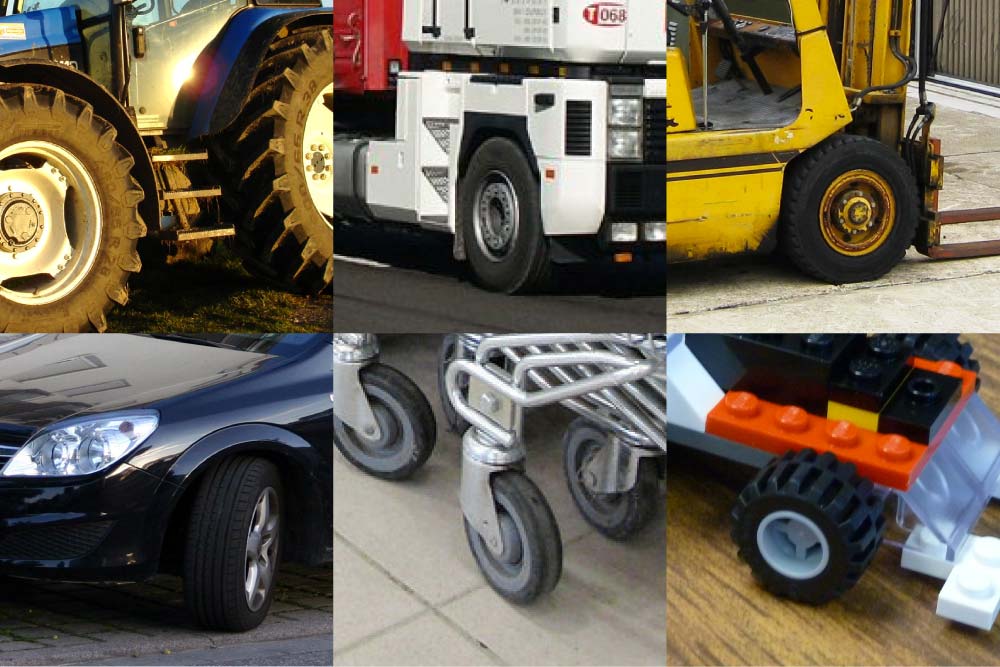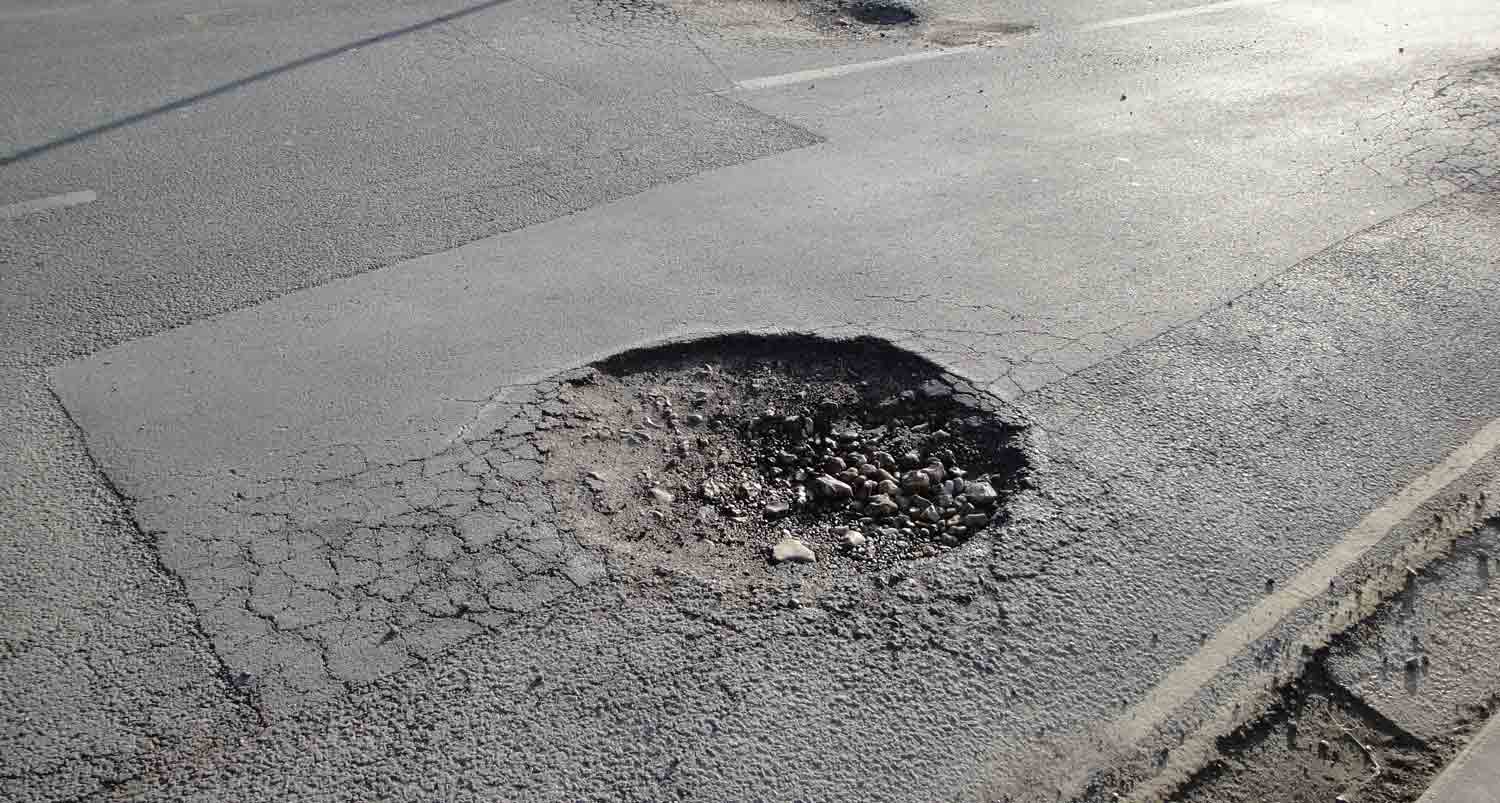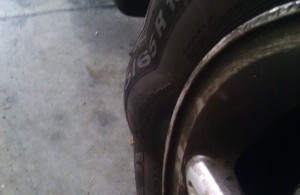Winter is now firmly upon us, the temperatures have dropped and the days have got darker even earlier.
I heard an alarming fact on the radio this morning that in the last 12months, 2918 deaths or serious injuries occurred on UK roads in wet weather.
At this time of year vehicle maintenance is more vital than ever.
I have already mentioned that the days are getting darker earlier, when was the last time you checked that your lights were working properly? Darker evenings, maybe a bit of fog/mist/rain thrown in too can mean that all of a sudden visibility is very poor indeed, and not just what the driver can see ahead of them, you need to be visible to other road users too!
Lights
If you haven’t checked your lights for a while then do so ASAP, get someone to walk around the car checking that headlights, both dipped and full beam are working, sidelights, fog and brake lights and indicators should all be checked. If you can’t find someone to help you can check most of these yourself by parking in front of a reasonably reflective surface such as a wall or garage door and check. Or, you could of course just pop into any TyreFinders branch and have them checked free of charge!
Washer fluid
With temperatures dropping, there are other items that need special attention, such as your windscreen washer fluid, not only should this be topped up, but consider topping it up with washer fluid that contains anti-freezing properties. Washer fluid is of no use to any one if its frozen solid!
Anti-freeze and coolant
Also, make sure that your vehicles anti-freeze/coolant is looking not only topped, but a nice healthy coulor (usually blue or red depending on manufacturer), this should only ever be checked and topped up whilst the engine is cool-never when hot!
Battery
This time of year, a failed battery is the number 1 cause for call outs by the RAC/AA etc. so it is well worth having your battery checked, especially if it is nearing 5 years old or more. Not many people would have the correct equipment at home to properly check he condition of a car battery but again, TyreFinders will happily inspect your battery for you free of charge.
Tyres probably have the hardest life over the winter months, so make sure you look after them properly, and they will look after you!
Winter tyres
Many people these days like to switch to winter tyres for the period between October and up to maybe march, winter tyres are made with a special compound that doesn’t go hard and potentially lose grip when the temperatures start to fall below 7 degrees. They also usually have a special tread design with lots of grooves or sipes to help give extra traction in snowy conditions. (it’s worth noting here that no tyre will give you any grip on ice, not even designated winter tyres)!
Tyre pressure
It’s also really important, as it is at any time of year to make sure that your tyre pressures are correct, if you are planning a long journey with maybe a heavier load than normal than be sure to increase the pressures slightly. Your vehicle usually has the correct tyre pressure settings in the handbook or on a sticker on the fuel cap/door panel.
Tyre tread
With more rain falling this time of year special attention should be paid to your tyre treads, a tyre with 3mm of tread remaining, whilst still perfectly legal in this country just won’t be able to disperse water as well as a tyre with fresh tread on so it may be worth considering changing your tyres slightly earlier than you usually would if they are getting close to or below 3mm.
Long journeys
Lastly, over the Christmas holidays families all over the country are making trips to see loved ones so it might worth after checking your vehicle is winter ready following the advice above, consider what items you take in the car with you just in case of a breakdown!
- Ice scraper and de-icer
- A torch with spare batteries, or even better-a wind up torch
- Warm clothes and blankets-enough for yourself and your passengers
- Boots
- A first aid kit
- Jump start cables
- Some food and a warm drink in a thermos flask
- A shovel
- A reflective warning sign
- A road atlas, (sat-navs and mobile phones are great for this-but only when they have battery and coverage!
- Sunglasses-the glare off the snow when driving can really be dazzling
- Mobile phone chargers
Get a free safety check
Hopefully the above tips will keep you safe over the winter months, and don’t forget, any TyreFinders branch will happily check any of the items we have mentioned here, or you could book yourself in for a free winter check.


 The most common problem after hitting a pot hole is usually sidewall damage, as the tyre goes in and then comes out of the damaged road surface, the sidewall of the tyre can pinch itself together, this in turn causes a separation of the internal structure of the tyre and will usually present itself as a bulge or egg shape in the sidewall. Usually, this will result in some vibration felt through the steering wheel or through the chassis of the vehicle when driving, but not always so it is very important to have a visual examination of the tyre carried out after any sort of impact or after driving through a pot hole.
The most common problem after hitting a pot hole is usually sidewall damage, as the tyre goes in and then comes out of the damaged road surface, the sidewall of the tyre can pinch itself together, this in turn causes a separation of the internal structure of the tyre and will usually present itself as a bulge or egg shape in the sidewall. Usually, this will result in some vibration felt through the steering wheel or through the chassis of the vehicle when driving, but not always so it is very important to have a visual examination of the tyre carried out after any sort of impact or after driving through a pot hole.